This has been a very scary week. Last Monday, Freya got hold of a flower from one of the bouquets that we received after our move. I took it from her swiftly, but only on Tuesday morning it clicked: it had been a lily. And I knew somewhere in the back of my head that lilies are not good for cats, but didn’t quite remember how bad it was. I googled it and freaked out, because:
Lilies in the “true lily” and “daylily” families are very dangerous for cats. The entire lily plant is toxic: the stem, leaves, flowers, pollen, and even the water in a vase. Eating just a small amount of a leaf or flower petal, licking a few pollen grains off its fur while grooming, or drinking the water from the vase can cause your cat to develop fatal kidney failure in less than 3 days. The toxin, which only affects cats, has not been identified. Dogs that eat lilies may have minor stomach upset but they don’t develop kidney failure.
Early signs of lily toxicity in cats include decreased activity level, drooling, vomiting, and loss of appetite. These symptoms start 0 to 12 hours after ingestion. Signs of kidney damage start about 12 to 24 hours after ingestion and include increased urination and dehydration. Kidney failure occurs within 24 to 72 hours, leading to death if the cat isn’t treated. Early veterinary treatment greatly improves the cat’s prognosis. However, if treatment is delayed by 18 hours or more after ingestion, the cat will generally have irreversible kidney failure.
Source
Please learn from my mistake, and never let those potentially lethal lilies into your home if you have a cat. By the way, there are other plants and foods that are really bad for cats. Did you know that (spring) onions can also cause kidney failure? And that ingesting paracetamol can be lethal as well? Here’s a list of common items that are poisonous to cats.

Freya was not feeling well Tuesday morning. Her hind legs seemed to want to walk to the left instead of straight ahead. Alarmed, I started looking for a vet that was open. I did not have a new vet yet after our move, but now I had to find one, stat. I was fortunate: one vet opened at 8:30 AM and I could come in right away.
The vet was quite thorough and checked Freya’s blood values. The news was not good. Her creatinine value was 503. It was 280 in September and had been between 240-280 since last December. Her urea value was a 32, way too high, and her phosphorus was also too high. Freya had acute kidney failure, and since she already has chronic kidney failure, that was very bad news indeed. Her poor kidneys were already damaged, and now they had to get rid of poison.
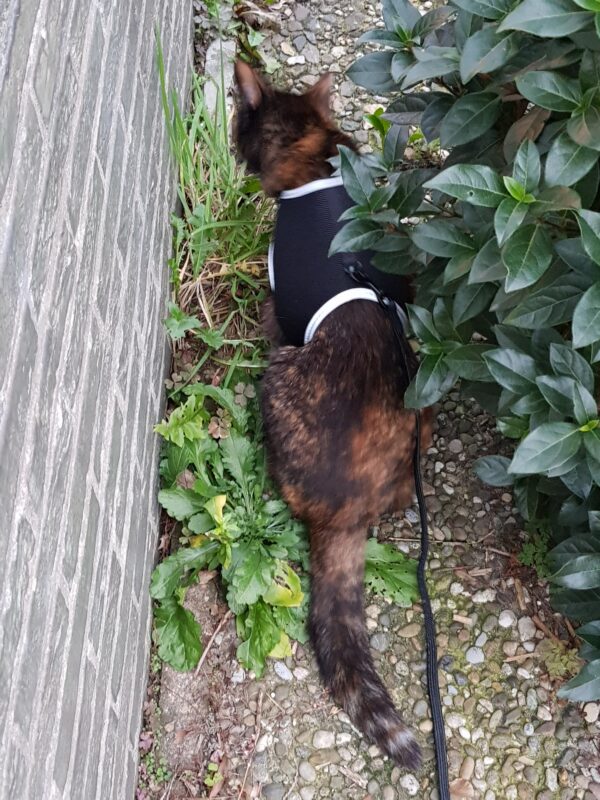
One good thing: the day before, we had gone outside a few hours after she touched the lily flower, she ate lots of grass, and vomited it all out. That may have helped her get rid of some of the poison.
The vet proposed a treatment: give her subcutaneous fluids for three days every day, and then check the levels again to see if that helped. You see, there is no antidote for lily poisoning. The cat has to clear the toxins out of their system themselves. Having lots of extra fluids can prevent the dehydration that usually occurs when lily poisoning goes untreated. But if the kidneys are too badly damaged, even giving extra fluids will not help. So we had to cross our fingers and hope for the best. We went home and she made a beeline to the kibble immediately. Good.
The vet also recommended trying to give her some activated carbon with her food, even if it had already been a day since she ingested the lily poison. I tried finding activated carbon powder/liquid at some pharmacies, but they didn’t have it. The vet only had a very large bottle (meant for horses). In the end, I found usable activated carbon in capsule form at Holland & Barrett. I had to add 1 gram per kg of body weight to a bit of water and mix that in with her food, so the content of two capsules in her case. Unfortunately, she hardly ate, so she didn’t get much of it into her system.
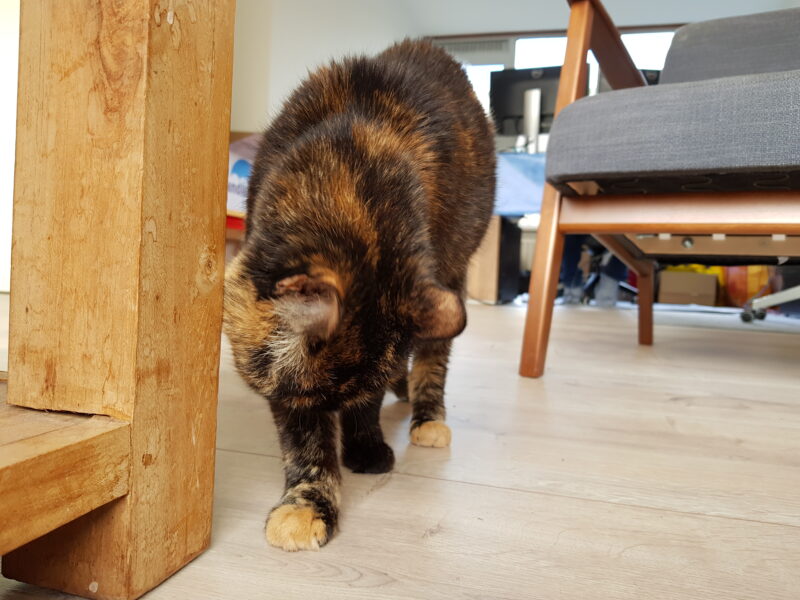
That day, Freya kept deteriorating. While she was still relatively clear-headed in the morning, she seemed a bit out of it later that day, and her coordination and focus became worse and worse. When jumping, she would fall over or even make a head roll, as if her front paws were too weak. It was hard for her to get in her basket, or to go to the litter box. I tried to help her as much as I could.
She usually sleeps in the bedroom with us, but in the new house, the bedroom is upstairs, and I didn’t trust her with the stairs. So we put her litter box, food, and water in our bedroom and closed the door that night. She ate, drank, used the bathroom, and slept close to us.
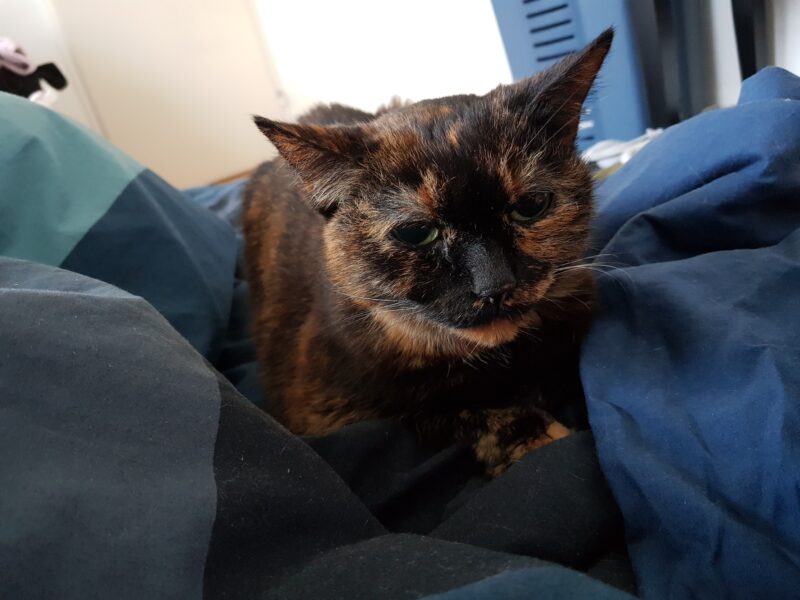
On Wednesday, we went back for the second dose of fluids. She seemed weaker and it was clear that she was not feeling well. When we got home, she ate, but after that, things became worse. That was a dark day. I think that she was feeling quite sick and nauseous. She kept her distance and slept in dark, remote spots. I tried petting her now and then, and while she didn’t seem to mind, she didn’t purr either. I knew that if things remained that way, we would have to say goodbye. I don’t want her to suffer. She slept a lot and didn’t sleep on the bed that night. She didn’t eat much, and drank a lot of water.
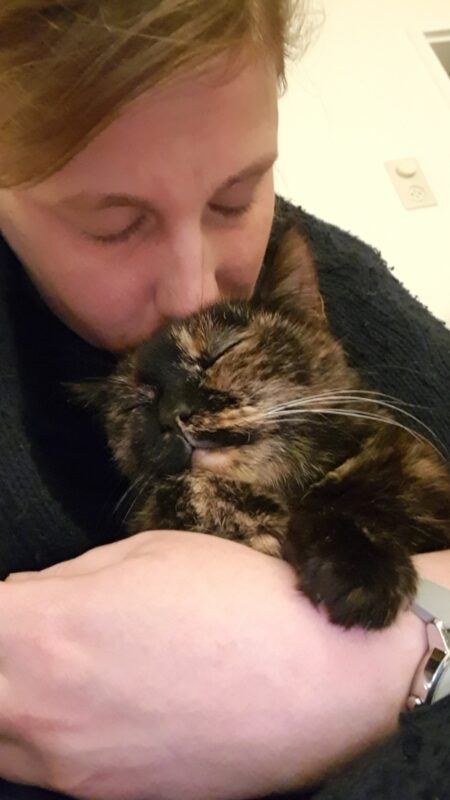
But on Thursday morning, she seemed a bit more clear-headed. She didn’t bump into things as much, and walking straight went a bit better. She still was very weak, though, and jumping was still hard. We went back to the vet for the final round of fluids, and the vet also found her quite weak, but a bit more steady. She was hoping with us that Freya would pull through, but we were not optimistic. After two days, shouldn’t we be seeing more improvement?
The vet decided that Freya had to eat more, and even though it’s not good for kidney patients, she should get some strong food (she called it “astronaut food”, a very dense and fatty food that contains lots of calories. It’s actually called Hill’s Restorative Care a/d). Eating more should help strengthen her. Eating bad food was better than not eating (enough). Coming home, she went straight for the kibble again, it was becoming a pattern.
And during the day, Freya gradually got a bit better. She purred again. She greeted me (and made her first sound/trill since Monday) with an arched back, and managed to put up her tail almost entirely. She sat in my lap that evening, and cuddled in bed as well. She liked her astronaut food and ate almost enough that day. She even climbed up the stairs herself (with me right behind her). But she still seemed so very fragile.
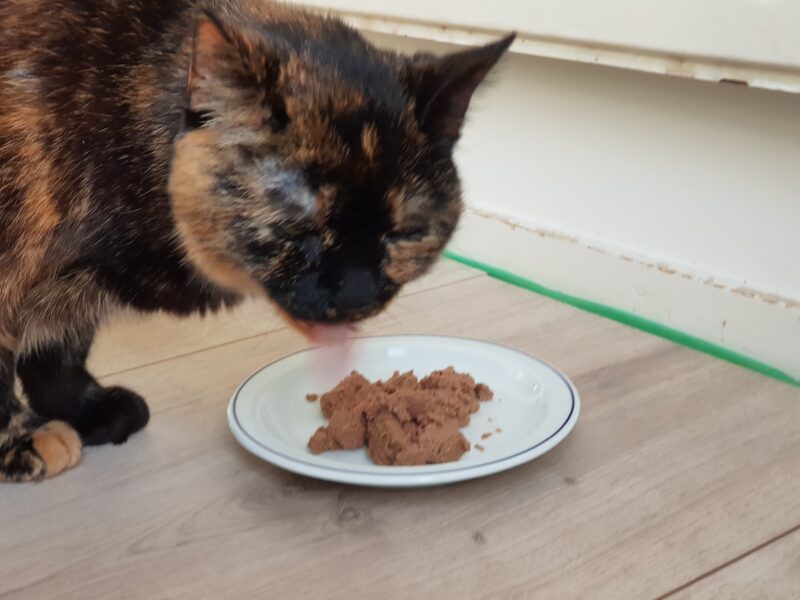
This morning, it was time to check her blood work. We went to the vet and she took a blood sample. We could wait there for the results. Frankly, I wasn’t hopeful. But the results came back and they were cautiously positive: her creatinine had decreased from 503 to 350, and her urea had also decreased from 32 to 27. Still way too high, of course, but the treatment was working. So we decided then and there to give her another round of subcutaneous fluids, and planned to do the same next Monday, after the weekend. We’ll give her more of the astronaut food to hopefully strengthen her a bit, and then we will have to get her back to her usual kidney diet. We’re not in the clear yet, but there’s a shimmer of hope in the darkness that was the past week.
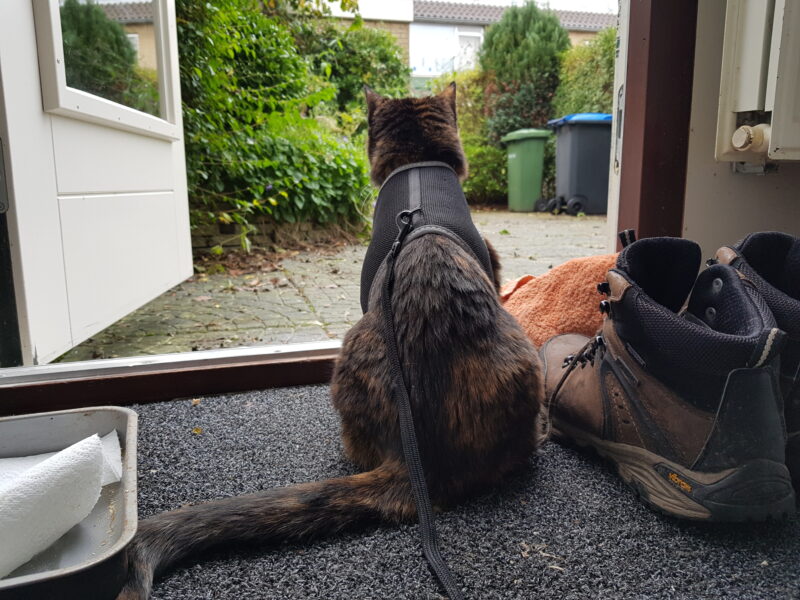
I try not to worry too much, and enjoy the time we have been given. Freya is such a good friend, and I try to make sure to show her how much I love her. She deserves pampering and lots of attention. Just now, she wanted to go outside, so we took a short walk in the backyard, which she seemed to enjoy. Spending time together, enjoying each other’s company, that’s what it’s all about.
This was one crazy week, and we’re not even out of the woods yet. But seeing the improved blood values, I dare hoping for some bonus time with Freya again. I feel that my body is relaxing the built-up tension a bit, but I’m still cautious, because she’s not there yet. I have to get her to eat well before we can really breathe that sigh of relief.
So, once again, be warned about lilies. Their danger cannot be underestimated. I myself will not allow any lilies to enter my house again after this disaster.
As an aside, until last Monday, things were actually going well with Freya. I had gotten her to eat better since her IV treatment in September and she has not lost any weight since August. My strategy is to provide structure, options, and rituals:
- Every morning, she gets fresh water and kibble (Hill’s K/D + Mobility). I also mix half a satchel of Royal Canin Renal (beef flavour) with 1 gram of Felini Renal and 1/3 of a can of Kattovit Renal and some water. She is a sauce lover, so she laps up all the good stuff and eats about half of the meat in the wet food.
- In the evening, just before bedtime, I give her her medication (Amodip, Thiafeline, and Cerenia). I wrap each pill in a small piece of Vitakraft CatSticks, which she absolutely loves (but it’s not made for a renal diet, so I only use a little bit). I tried giving the medication to her directly, but that was such a struggle that I think it’s more humane to just give it to her in an unhealthy snack than to go through that stress every day. I give her the medicine/snacks in a safe zone, for example, the couch or the bed. That way, she almost always eats it without a problem. If she doesn’t, I play with her a bit and let her “catch” the snack, and she will usually eat it then. After giving her the medication, I provide fresh water and kibble for the night.
I have tracked her food intake since she got the IV treatment in September, and this is what it looks like:
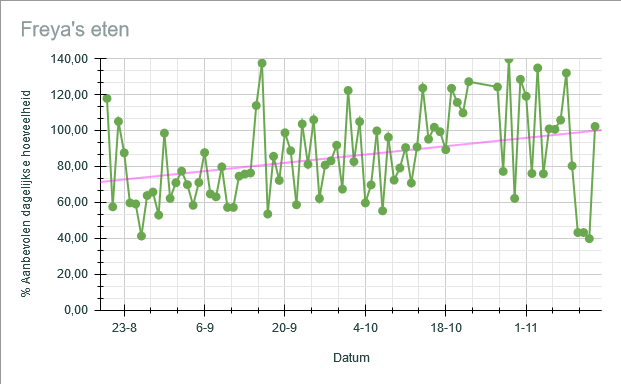
Her trend line (pink) was even better before the problems of the past week. She has been eating more than 100% for a cat of 3 kg on average for a while now, and it’s paying off. I hope that she recovers well, and that we can get back into that rhythm when she’s a bit stronger.
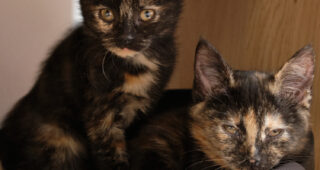
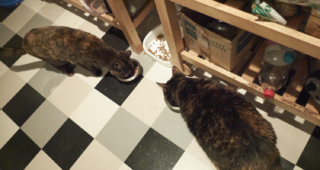
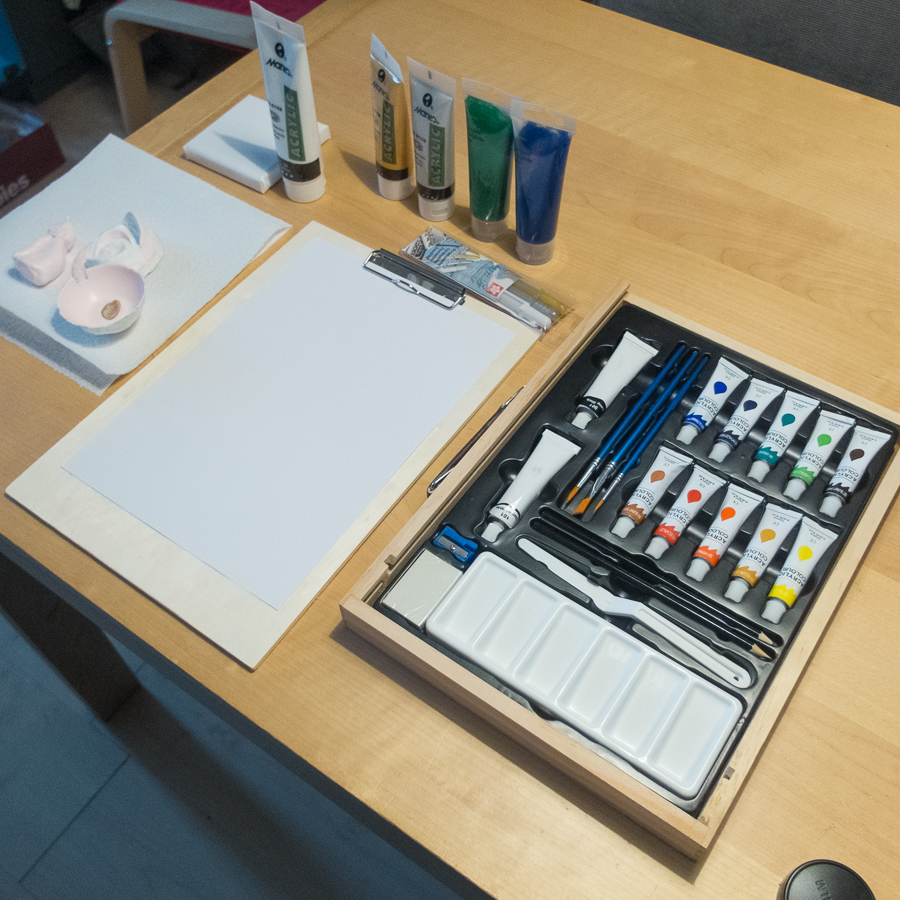
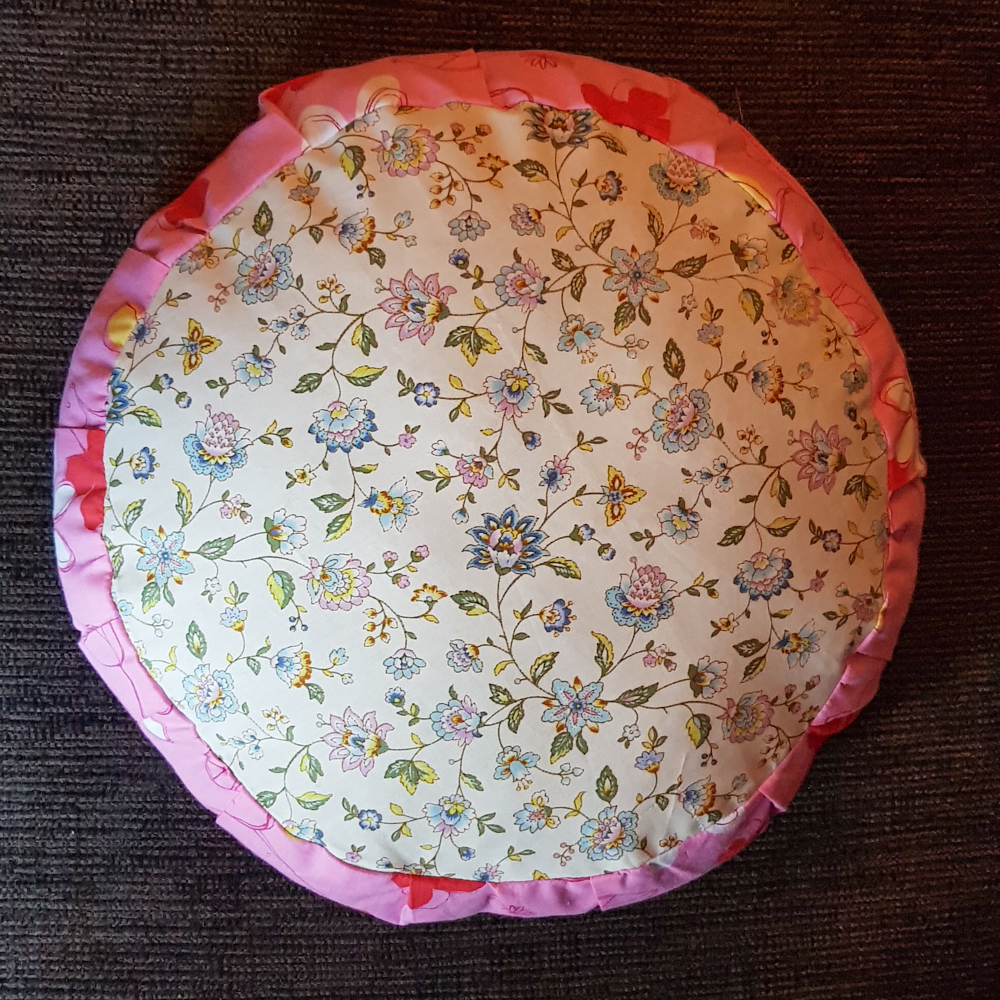
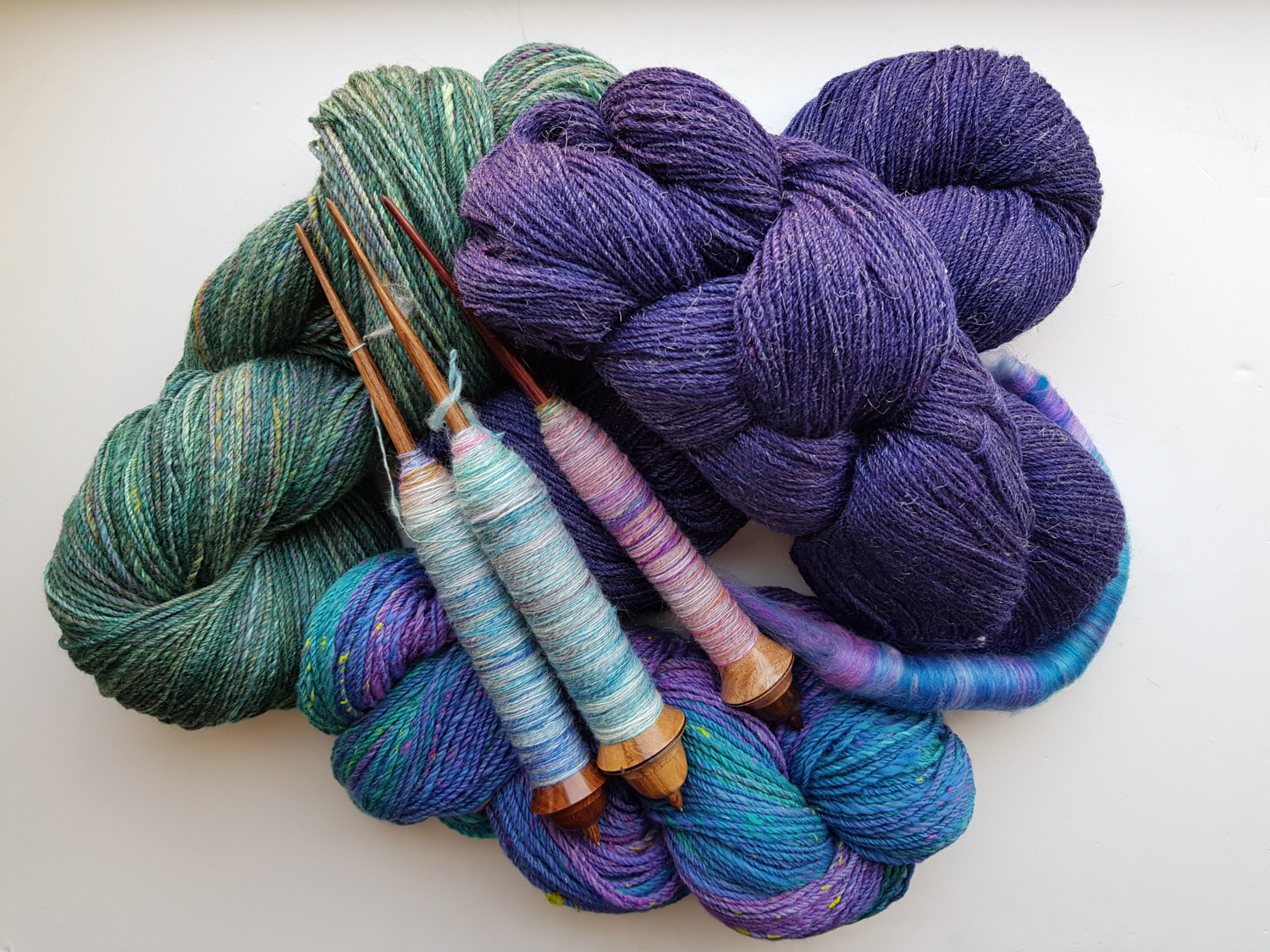
Oh my. I really really hope she keeps recovering so you will not have to miss your fury friend. I never knew lillies were so dangerous. A good thing you did remenber something and took action so very swiftly. Have a good weekend, all of you!!!
Stay safe
Linda aka Helix077
Thank you, Linda!
????
Wow, that’s scary, I didn’t know about this! I really like lilies and my cat really likes bite in things she isn’t supposed to bite to get our attention, so I’ll keep this in mind. If we get lilies, I’ll keep them out of reach.. Fingers crossed Freya keeps getting stronger.